Helleborus help for a newbie, please.
bsg1
20 years ago
Related Stories
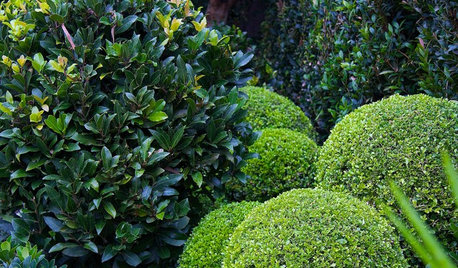
LANDSCAPE DESIGNGreen-Only Gardens Draw the Eye and Soothe the Spirit
Use plant and foliage variety to create a monochromatic landscape as visually pleasing as it is calming
Full Story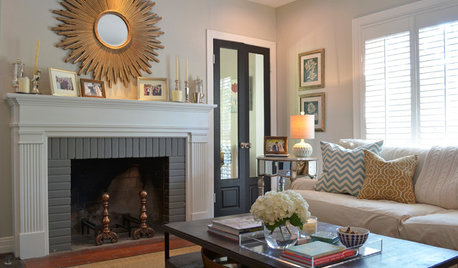
DECORATING GUIDESDecorating 101: Do It Yourself or Hire a Pro?
Learn the advantages and disadvantages of decorating alone and bringing in skilled help
Full Story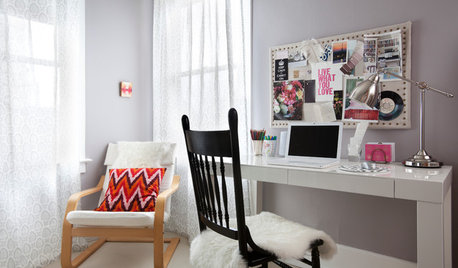
WORKING WITH PROS10 Things Decorators Want You to Know About What They Do
They do more than pick pretty colors. Here's what decorators can do for you — and how you can help them
Full Story
MATERIALSWhat to Ask Before Choosing a Hardwood Floor
We give you the details on cost, installation, wood varieties and more to help you pick the right hardwood flooring
Full Story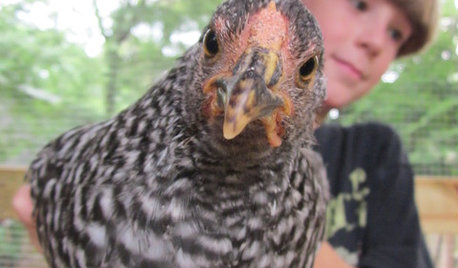
FARM YOUR YARD4 Farm-Fresh Chicken Coops in Urban Backyards
These Atlanta henhouses are worth crowing about for their charming, practical designs
Full Story
LIFE7 Things to Do Before You Move Into a New House
Get life in a new house off to a great start with fresh paint and switch plates, new locks, a deep cleaning — and something on those windows
Full Story
GARDENING GUIDESGarden Myths to Debunk as You Dig This Fall and Rest Over Winter
Termites hate wood mulch, don’t amend soil for trees, avoid gravel in planters — and more nuggets of garden wisdom
Full Story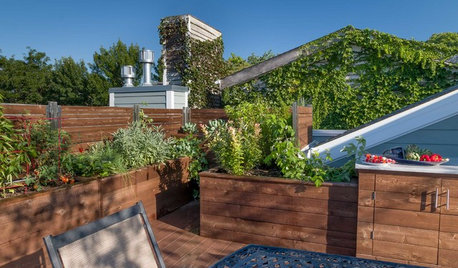
GARDENING GUIDES10 Tips for Beginning Gardeners
With a simple sketch, basic tools and the right plants, you’ll be on your way to growing your first flowers or edibles
Full StorySponsored






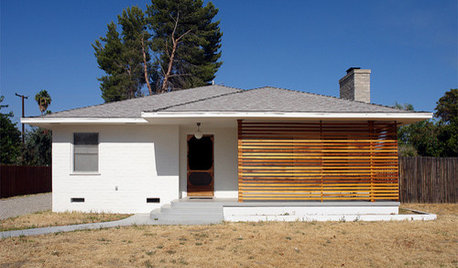
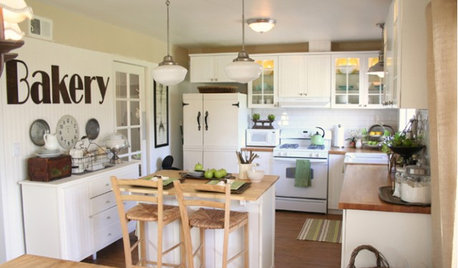
goswimmin
gardengal48 (PNW Z8/9)
Related Professionals
70037 Landscape Architects & Landscape Designers · Norton Shores Landscape Architects & Landscape Designers · Saint Louis Park Landscape Architects & Landscape Designers · Alexandria Landscape Contractors · Buford Landscape Contractors · Clearlake Landscape Contractors · Davidson Landscape Contractors · Live Oak Landscape Contractors · Manhattan Landscape Contractors · Munster Landscape Contractors · Norwalk Landscape Contractors · Bolingbrook Siding & Exteriors · Castle Rock Siding & Exteriors · Highlands Ranch Siding & Exteriors · North Hollywood Siding & ExteriorsGreenmanplants
bsg1Original Author
gardengal48 (PNW Z8/9)
Greenmanplants
bsg1Original Author
woadwoman
NanCcan_centurytel_net